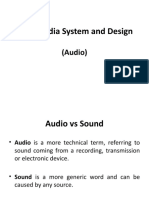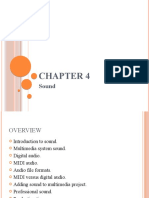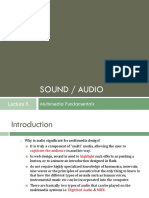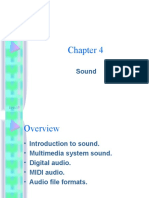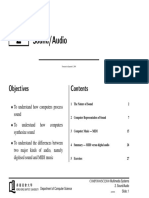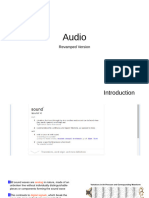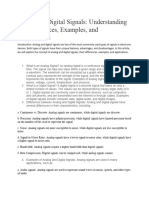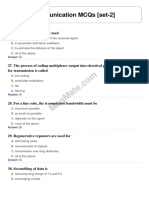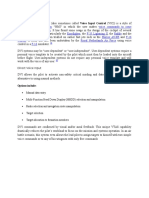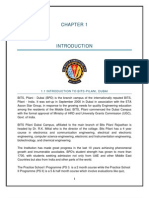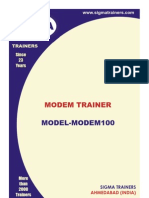0% found this document useful (0 votes)
31 views34 pagesChapter4 Audio
This document discusses digital audio and its uses in multimedia. It describes how sound is captured digitally through sampling and conversion to binary. It also covers MIDI and how digital audio can be edited, stored in different formats, and used effectively in multimedia for things like alerts, music, and sound effects.
Uploaded by
phhq6n4hsrCopyright
© © All Rights Reserved
We take content rights seriously. If you suspect this is your content, claim it here.
Available Formats
Download as PDF, TXT or read online on Scribd
0% found this document useful (0 votes)
31 views34 pagesChapter4 Audio
This document discusses digital audio and its uses in multimedia. It describes how sound is captured digitally through sampling and conversion to binary. It also covers MIDI and how digital audio can be edited, stored in different formats, and used effectively in multimedia for things like alerts, music, and sound effects.
Uploaded by
phhq6n4hsrCopyright
© © All Rights Reserved
We take content rights seriously. If you suspect this is your content, claim it here.
Available Formats
Download as PDF, TXT or read online on Scribd
/ 34




